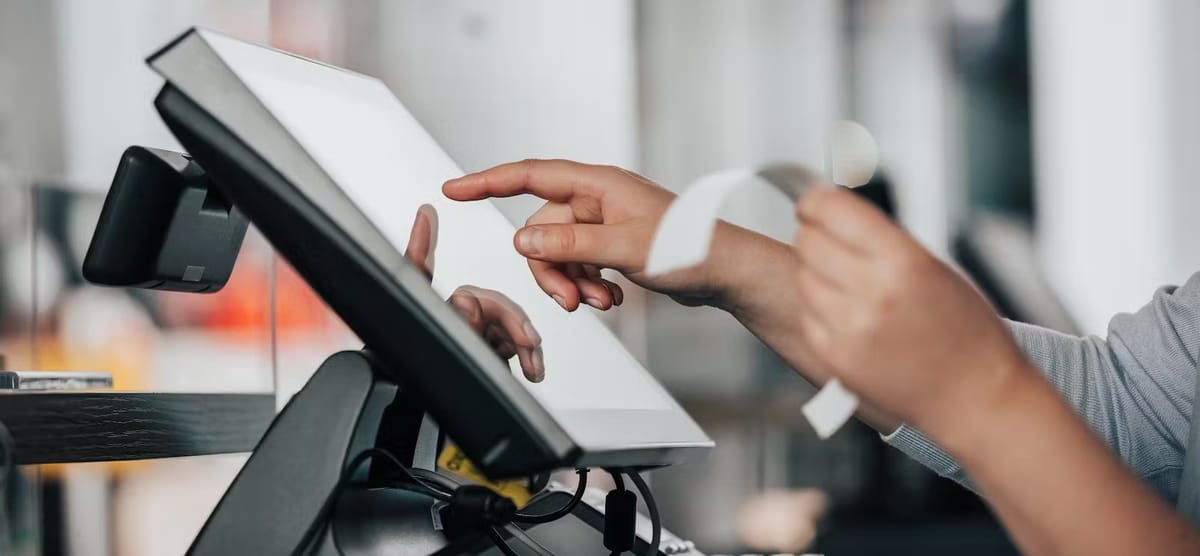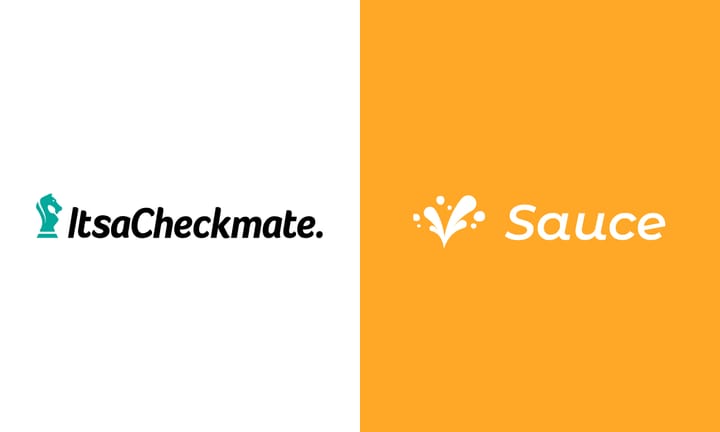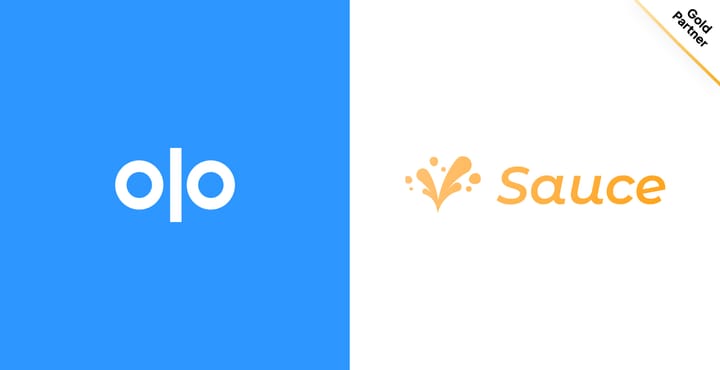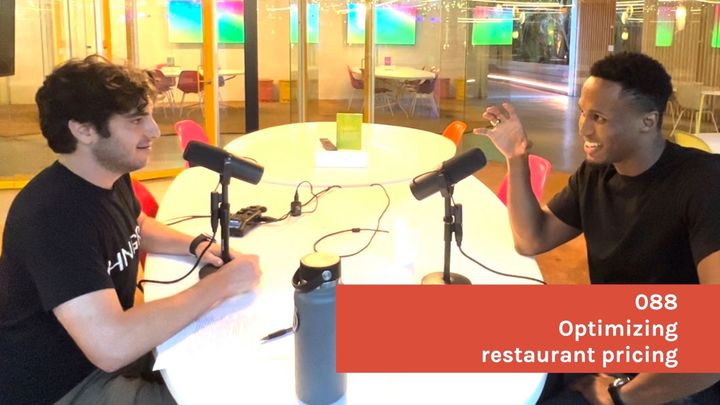How Dynamic Pricing Boosts Restaurant Revenue
Learn how dynamic pricing boosts revenue using Sauce and Otter today

By now, many restaurants have heard about dynamic pricing, the fast-growing practice of finding the right price points for guests based on variable demand. It’s been a common practice for major airlines, hotels, and rideshare companies to optimize consumer engagement. Now, for the first time, restaurants have access to this smart approach, too.
Typically, restaurateurs adopt dynamic pricing (or “Smart Pricing”) to combat market factors & high delivery commissions. Food costs have risen dramatically in the last few years. Wages are increasing across the US, and some states like California have minimum wage reaching $20/hour in 2024. While this is great for hourly employees, it puts pressure on restaurant owners to sustain it with already-tight margins.
On top of that, most major delivery platforms are charging 20-30% in commissions. Many restaurant operators are feeling like they are left with less money in their pockets and a more difficult landscape to be successful in. Hence, dynamic pricing may be a good solution to consider for boosting revenue and profit at your restaurant!
Now the question is, how does dynamic pricing lead to greater revenue? What are the approaches you can take? Most restaurants choose between Surge Pricing, Dynamic Discounting, or a mix of both.
Surge pricing
Let’s talk about surge pricing. Not surge pricing in the sense of Uber or Delta where you pay twice as much during busy times, but incremental surge pricing that works for restaurants. Restaurateurs implement surge pricing in a more measured way, accounting for busy times where you simply can’t serve more orders, and actual price increases may only vary a small amount.
How does it work?
To put it simply, during your busiest times, instead of throttling orders or overwhelming your staff, you may have the opportunity to increase item prices by 10-20%. For a $10 menu item during the lunch rush, consumers may pay an extra $1 or $2 to get that item on a third-party delivery platform. Customers ordering during busy times can still get fast, fresh, reliable service from your team. Other consumers who are more price-conscious can decide to wait until after the rush, or order directly from your first-party ordering channel for a discount.
Here, Rachel’s Kitchen was able to deploy a Smart Surge pricing strategy to get $64,000 in additional annual profit across three stores, while continuing to get great feedback from guests. That’s more revenue back from third-party delivery that they can invest in giving better experiences to their loyal customers.
How do I implement it in my restaurant?
On your restaurant management system, look at your hourly demand each day to find when the busiest period is, and apply a 10% upcharge during that time. You can have one of your managers adjust the markup through Otter at that time, and reset it when the rush is over.
Alternatively, you can partner with companies like Sauce to automate this process, so that you don’t have to continuously monitor your online orders or manually increase prices when you’re busy working. Sauce plugs directly into Otter to access your menus, and will change your prices within the guidelines you set to be more profitable during peak times. You can get started by contacting Otter today!
Dynamic Discounting
While surge pricing has its benefits, not all dynamic pricing has to be surge pricing. In fact, there’s an opposite approach you can take that may work just as well, if not better: dynamic discounting. Dynamic discounts deploy the same logic that major retailers and ecommerce brands use: the art of conversion.
Black Friday and Cyber Monday are classic examples of dynamic discounting, where customers can get a deal by buying on these particular days. Happy hours are another example, where restaurants choose to discount their menu items to drive demand during traditionally off-peak hours. Given the rise of third-party delivery, you may be asking: how would this work in an online context?
How does it work?
For online ordering, “Smart Happy Hours” and dynamic discounts can do wonders for your brand, especially during those slow times where your staff has the capacity to cook more orders. Because you’re operating on a delivery marketplace, many of your consumers may browse your page on DoorDash or UberEats, but only some of them actually go forward to make a purchase.
Dynamic discounting stems from the idea that if you took your existing price and lowered it slightly, you may be able to convert more customers when they’re browsing for delivery options. This conversion opportunity is key for driving orders during off-peak times, and it doesn’t take much to see a real sales impact.
For example, Sauce client Puesto decreased prices by 10-20% during the 2-3 least busy hours of the day, and found that they were able to drive a 12% increase in overall revenue. That’s a $72,000 annual value for Puesto off of orders that they may not have gotten otherwise! Through a smarter happy hour, they were able to turn the times when their kitchen staff was waiting for orders into extra business. Best of all, their value-focused consumers had a way to get the prices they loved as well by ordering before the rush.
How do I implement it in my restaurant?
On your restaurant management system, look at your hourly demand each day to find when a slow period is, and start by applying a 10% discount during that time. You can have one of your managers adjust the markup through Otter, and reset it when the next rush begins. You can increase or decrease the discount amount based on the results you see.
Alternatively, you can partner with Sauce to automate this process, so that you don’t have to continuously monitor your online orders or manually decrease prices when your restaurant slows down. Sauce plugs directly into Otter to access your menus, and will change your prices within the guidelines you set to generate more orders during off-peak times. Contact Otter to activate this connection.
Start your dynamic pricing strategy today!
Revenue management practices are all around us, from airlines to hotels, Amazon, and even golf tee times. Restaurants are leveraging this as well through Smart Surge Pricing and Dynamic Discounting. These strategies, either individually or combined, can lead to more profit and revenue for your brand when you need it most. Next time you’re thinking through ways to lower food costs, increase your profit margins, or grow sales, consider Sauce Dynamic Pricing, and get the job done automatically and easily.



